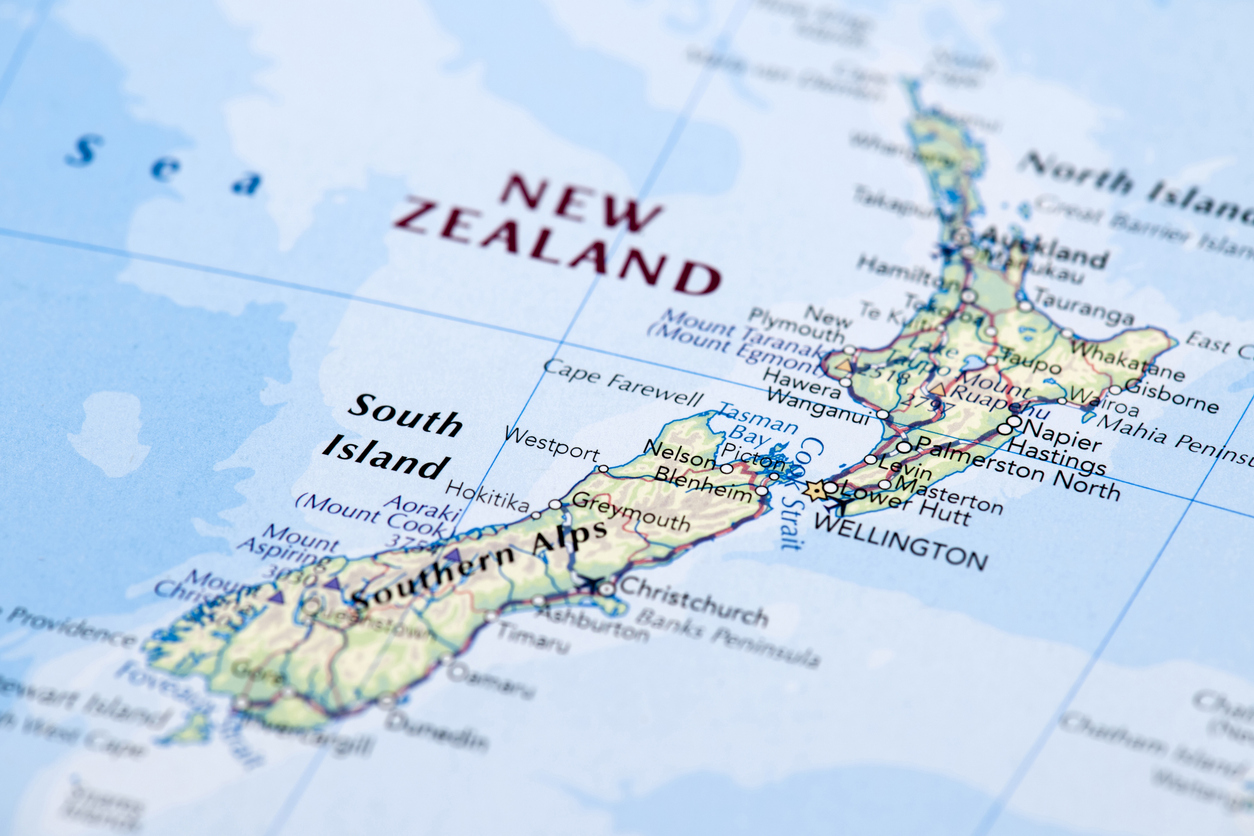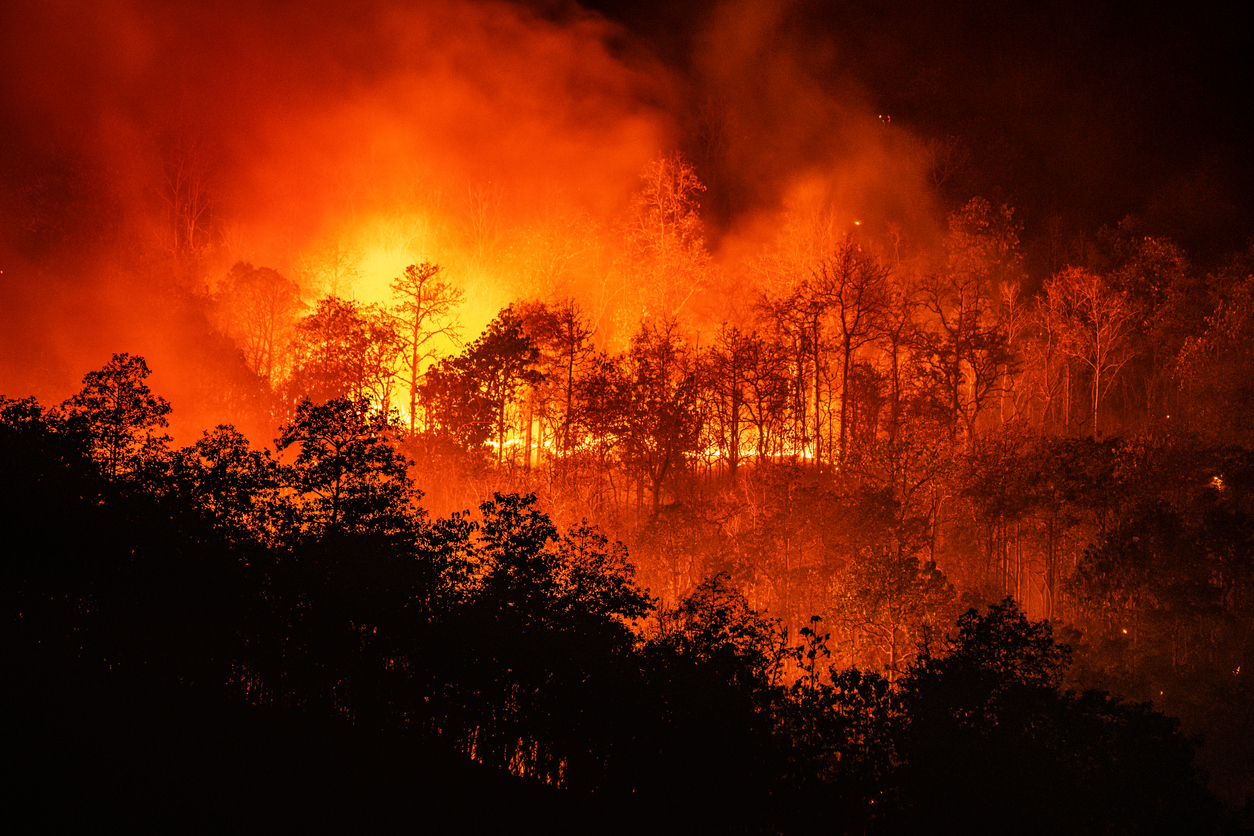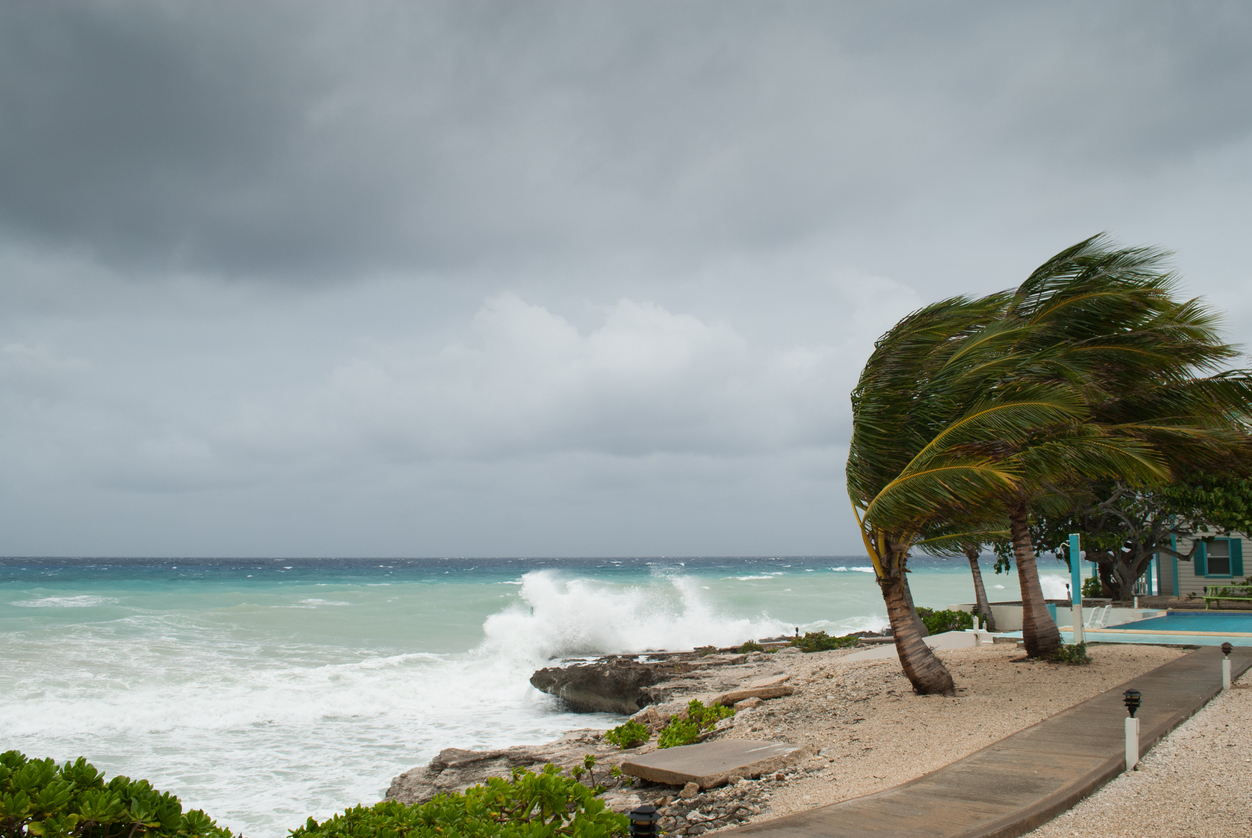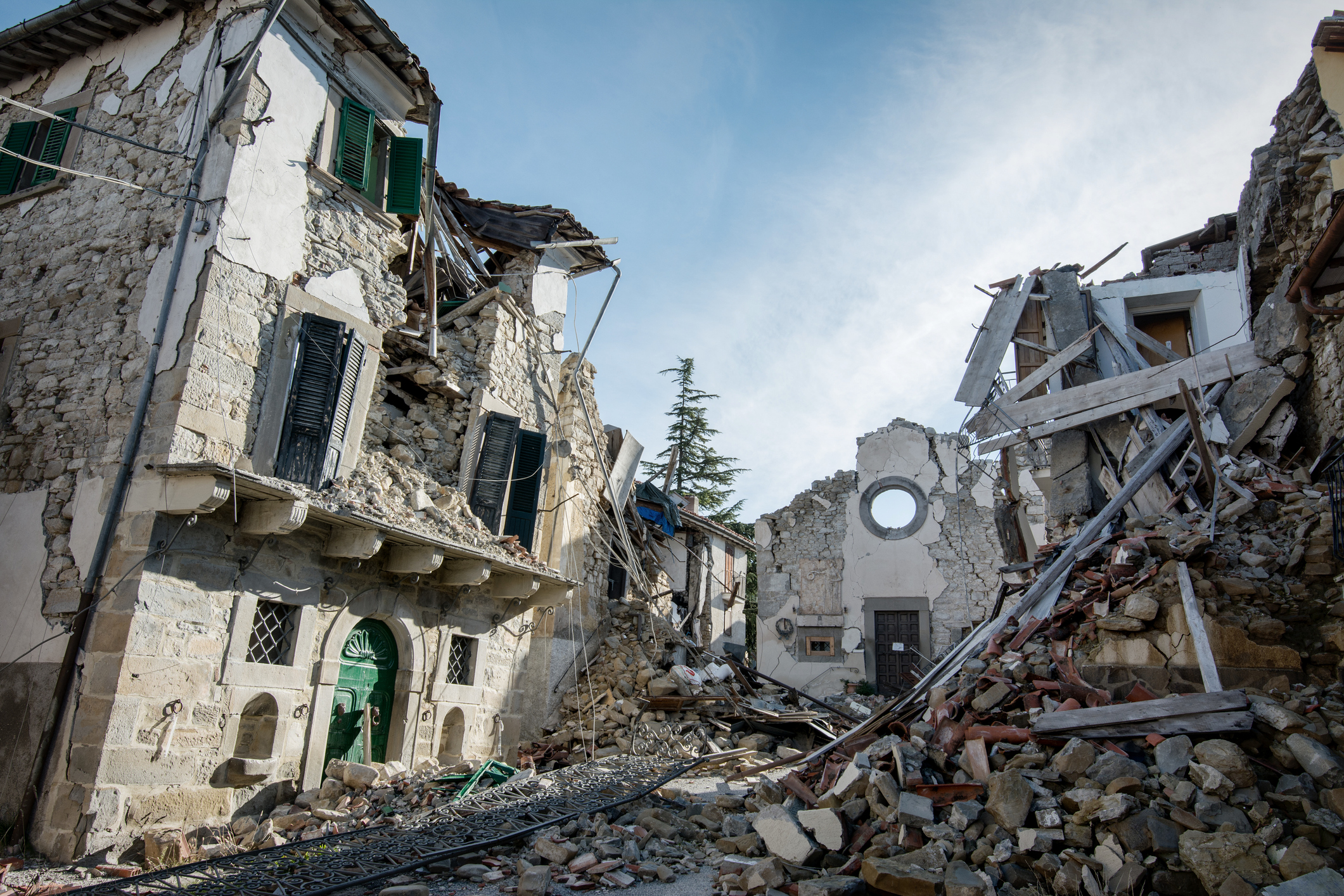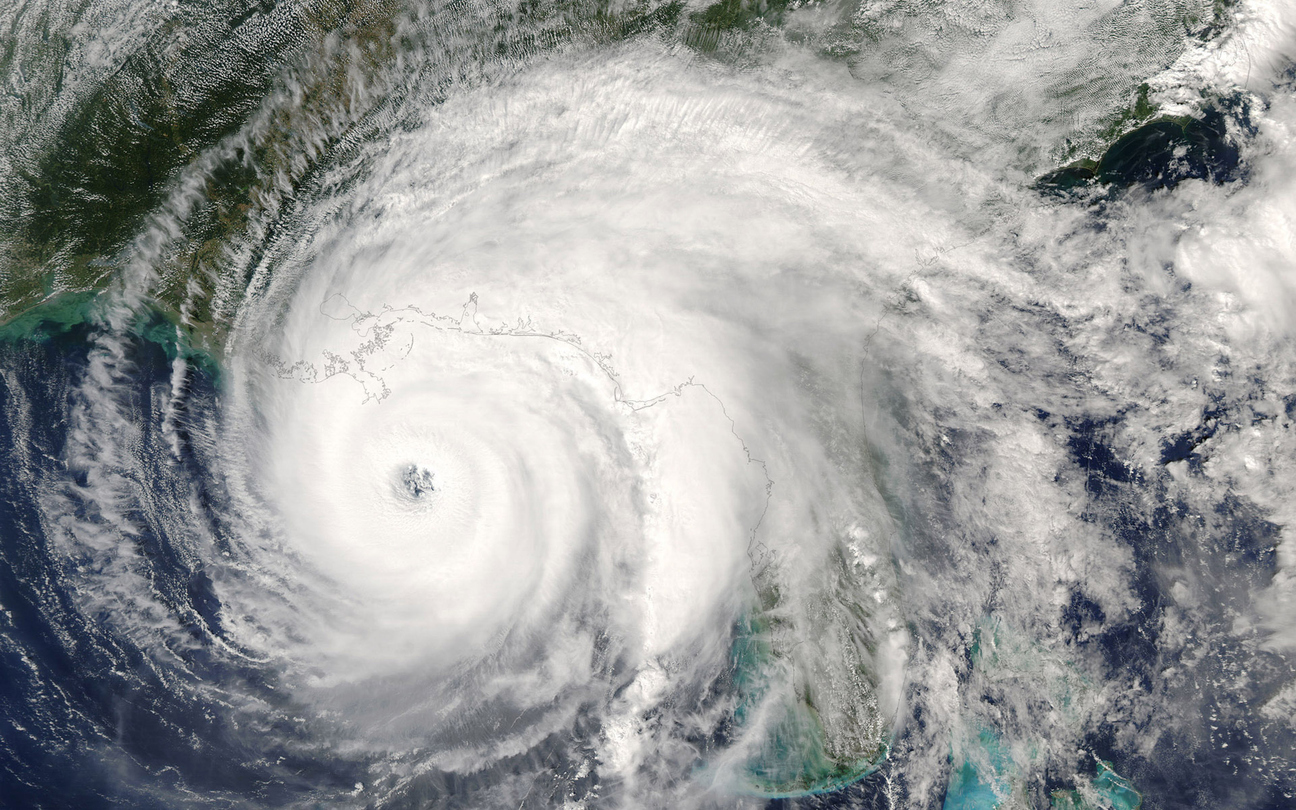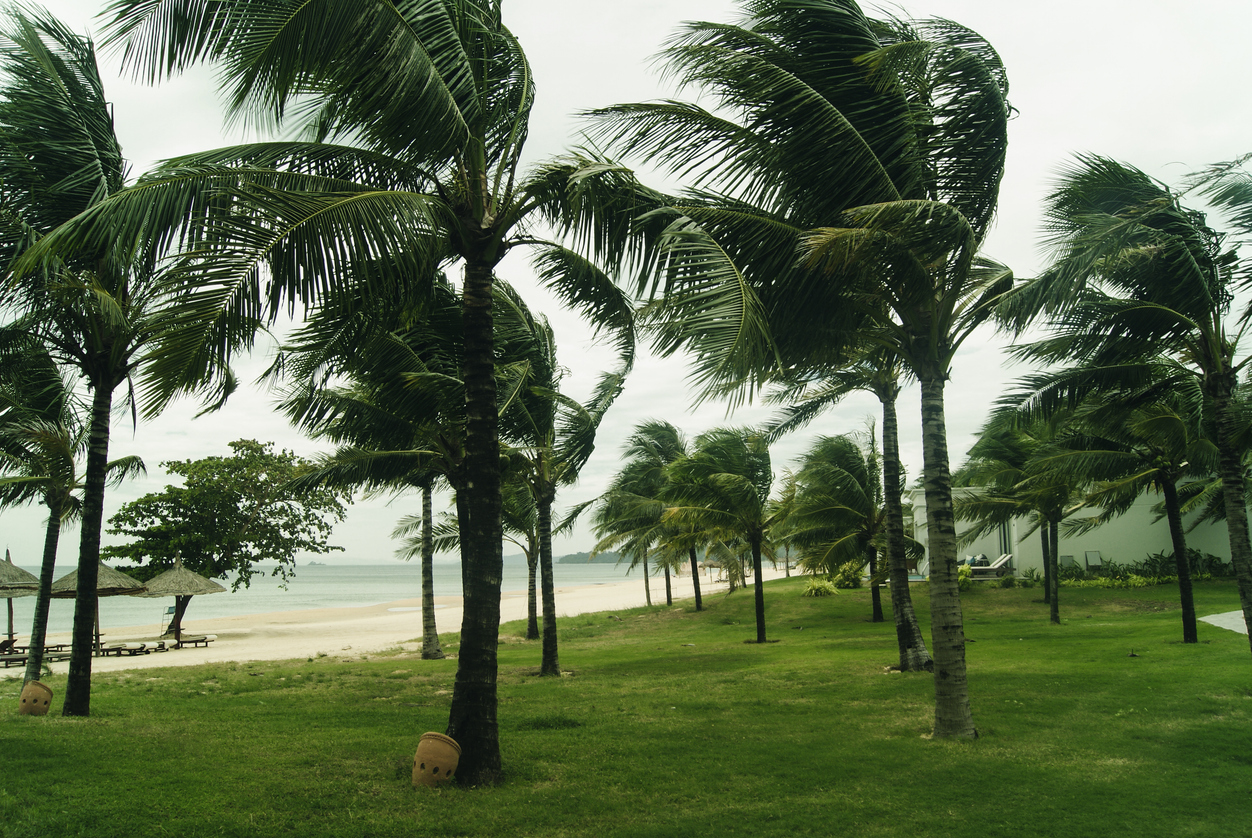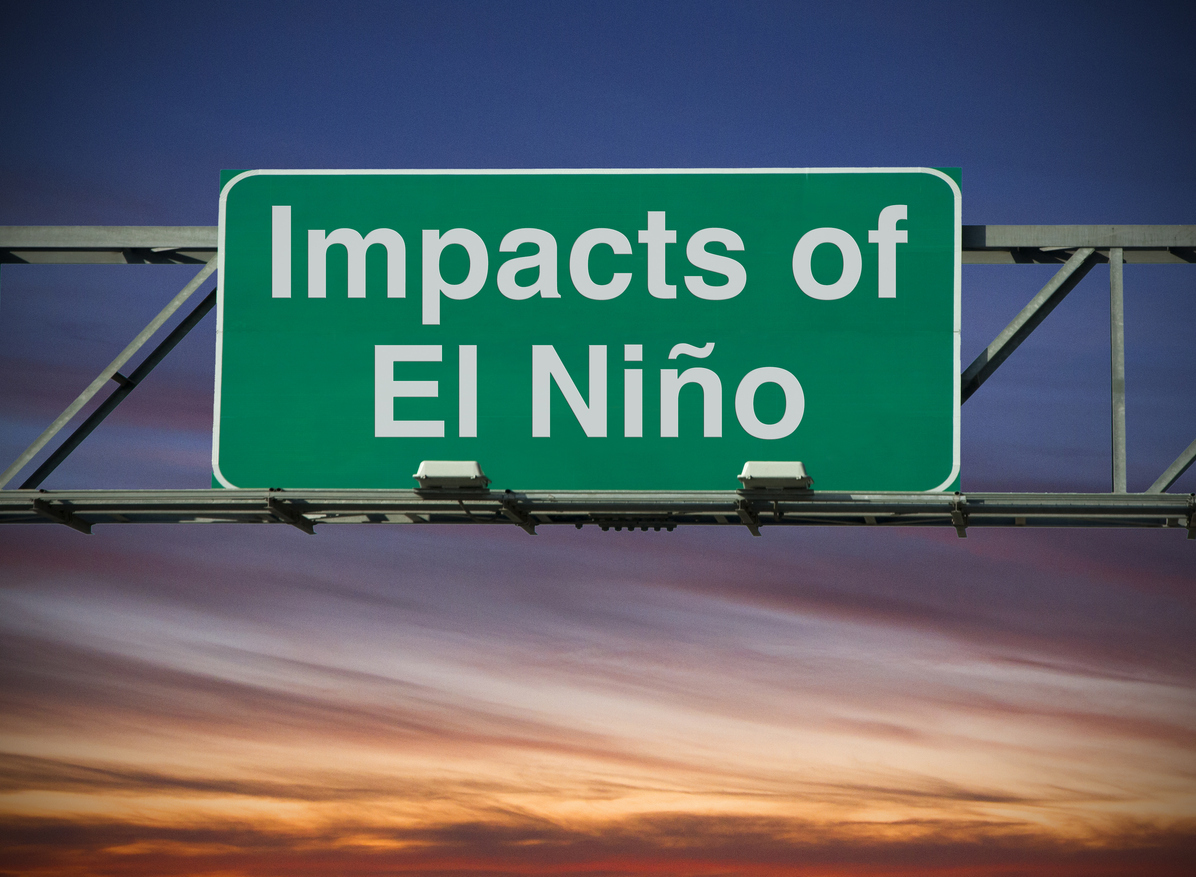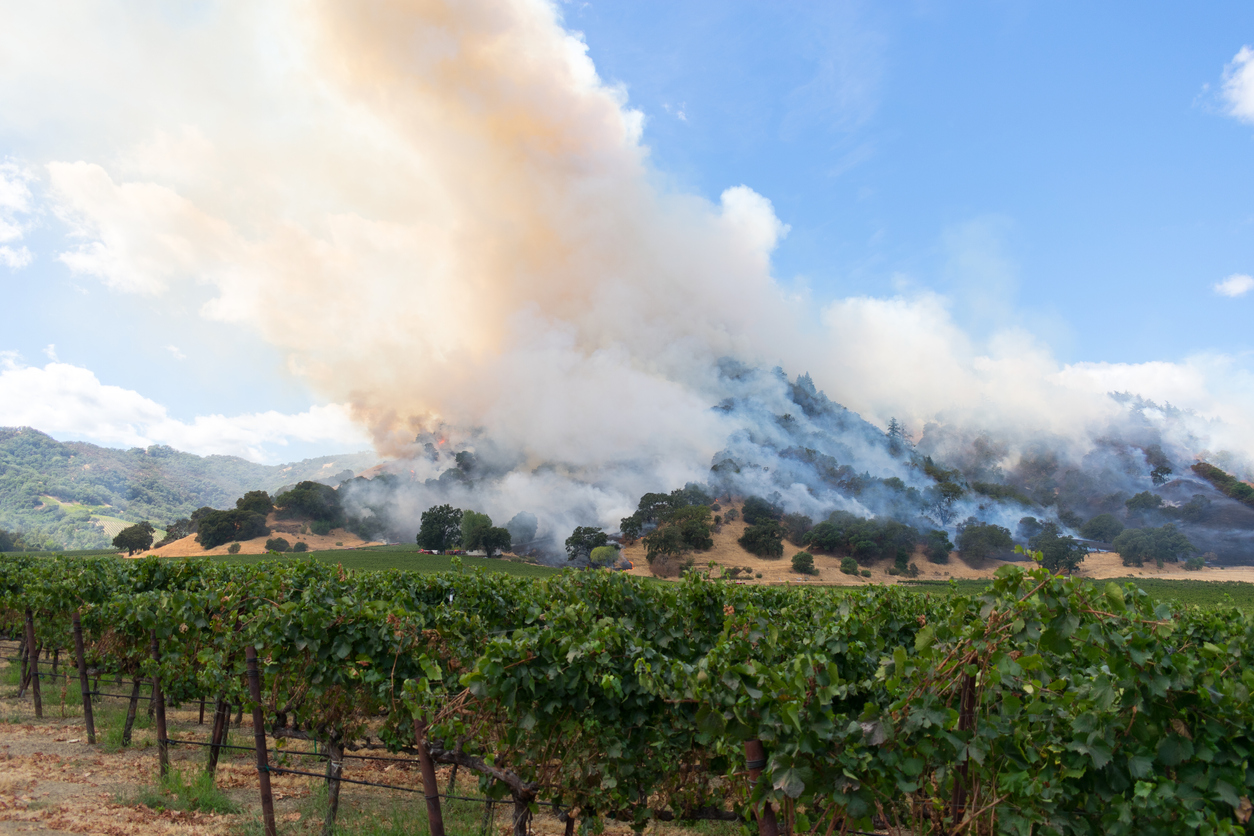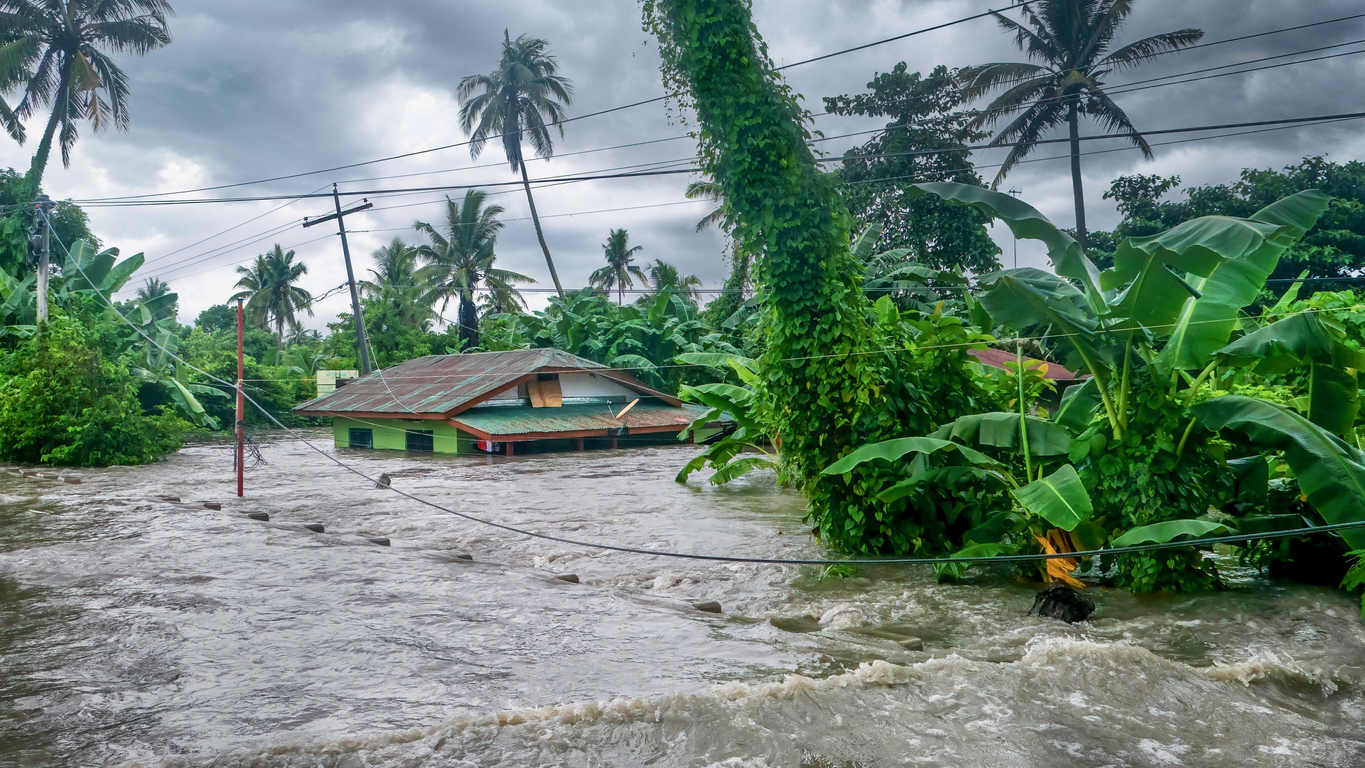What is “El Niño”?
In normal conditions in the Pacific Ocean, the trade winds blow westerly along the equator, bringing warm water from around South America towards Asia. In a process known as “upwelling”, cold water from the depths of the particular body of water (thermocline) rises to replace this warm water.
“El Niño” (“Little Boy” in Spanish) is a climate phenomenon where the trade winds weaken and warm water is pushed back to the east, towards the western coast of the Americas, causing significant climate disruption. The National Oceanic Atmospheric Administration (NOAA) declares an El Niño event using the Oceanic Niño Index (ONI). When the ONI of the east-central tropical Pacific, averages 0.5℃ or higher for 3 consecutive months, an El Niño is declared.
El Niño was first discovered in the 17th century by South American fishermen who first noticed these periods of unusually warm waters. This event (generally) occurs every 2 to 7 years and lasts between 9 to 12 months.
El Niño is a part of the larger El Niño-Southern Oscillation (ENSO). Besides El Niño, ENSO includes “La Niña” (“Little Girl” in Spanish), where surface ocean temperatures in the central and eastern tropical Pacific Ocean begin to cool and the winds around the equator grow stronger. When neither El Niño nor La Niña are occurring, conditions are said to be neutral or normal.
From Droughts to Hurricanes – El Niño’s Physical Impacts
El Niño’s impact varies depending on what geographic region we are examining. The Andes and the Pacific side of Central America experience abnormally high temperatures and little rain, while some areas along the Atlantic coast of South America (such as Argentina) generally see greater rainfall. Across the Atlantic, we can see unusually dry periods from Australia to Southeast Asia. In the United States, because of the Jet Streams shifting south and spreading eastward, warmer, and wetter conditions occur in the South, while the opposite occurs in the North.
The effect of El Niño also extends beyond regional climates and towards more extreme phenomena – namely hurricanes. Research has shown that there is a proportional link between ocean surface temperatures and tropical storms (and by extension hurricanes). Since tropical storms and hurricanes are at least in part fueled by warm waters, higher ocean surface temperatures can lead to more frequent and more powerful storms. El Niño’s impact on hurricanes is not marginal and actually appears to be catastrophic. On Wednesday, October 25, Hurricane Otis made landfall near the city of Acapulco as a Category 5 hurricane, strengthening from a tropical storm in just 24 hours. At least 48 people were killed and several dozen more are still missing. Local infrastructure was devastated, and flights were interrupted for many days.
Backlogs in the Panama Canal and the Rhine River – Global Supply Chain Disruptions
An estimated 80-90% of global trade passes by either sea or other bodies of water. How much a cargo ship carries is primarily limited by the depth of that body of water, as the more loaded a ship is, naturally the deeper its hull reaches. While this is not a concern in the open ocean, the water level of critical ship passages (such as the Panama and Suez canals and the Rhine River) can act as a bottleneck, with restrictions for how much cargo a ship carries.
On average 6% of global trade passes through the Panama Canal (managed by the Panama Canal Authority – ACP) via its gargantuan locks. The locks use up to 50 million gallons of freshwater per ship (little of which is reused). Panama is experiencing an ongoing drought, which has been worsened by El Niño. This has dramatically reduced the availability of freshwater in the basin that feeds the Panama Canal, and to conserve the freshwater, throughout 2023 the ACP has reduced daily ship crossings from 36 to 32. Between November 3rd and November 6th, 2023, daily ship crossings were reduced to 25. Over the coming months, crossings are expected to be further reduced to 18 by the end of February 2024. Additionally, the maximum allowed depth of ships passing through the canal has been reduced from 50 feet to 44 feet. With the reduced number of crossings allowed and the maximum hull depth restrictions, the volume of cargo passing through the canal has been significantly reduced.
These reductions in ship passages will lead to vast and unpredictable levels of disruption to global trade and supply chains. Ship backlogs at the canal entrance had already increased from a peak of 117 vessels in August 2023 to 150 vessels in early October. Ship waiting times also increased from an average of 9 days to 21 days in the same timeframe, meaning delivery time of up to 1.5 billion cubic meters of cargo is impacted. Increases in transit time and reductions in cargo will mean that end prices for consumers will likely increase.
Across the Atlantic, the Rhine River (which starts from the South-Eastern Swiss Alps, before passing along the French-German border into Germany, then into the Netherlands before joining the North Sea) is seeing similar issues due to El Niño. Dry weather has caused the river to become shallow in some areas, meaning ships can only navigate at about 50% of their capacity. The river is an important thoroughfare for commodities and various inputs needed especially in the manufacturing industry. As a result of reduced fares, ship operators have begun adding surcharges, thus increasing costs for cargo owners and by extension all goods downstream in the supply chain.
Blackouts in South America – How Droughts Disrupt the Energy Industry
In South America renewable energy sources are increasingly in demand. Colombia primarily relies on renewables for its electricity. In 2020 some 73% of the 69,000 GWh generated were from renewables, most of which was hydroelectric. As a result, the country is extremely vulnerable to droughts and reduced rainfall. El Niño has caused droughts in Colombia reducing reservoir levels and forcing the nation to import 300,000 tons of LNG (60% more than what was purchased in 2022) to use in thermoelectric generators to maintain reservoir levels. Increased demand for traditional non-renewable fuels, such as diesel or natural gas, to make up for potential hydroelectric shortfalls in generation will drive prices up.
Colombia is not the only nation whose electrical sector is impacted by El Niño. Ecuador also heavily relies on hydropower and ongoing droughts have forced the government to impose rolling power cuts and import electricity from Peru and Colombia. These disruptions in generation have far-reaching effects.
Feast and Famine – El Niño’s Impact on Latin American Food Production
As explained earlier, the effect of El Niño has a significant impact on Central and South America. Droughts in Mexico, Central America, and the Dominican Republic will likely reduce agricultural output and as a result, drive food prices up in those regions. Conversely, along the Atlantic coast of South America, increased rainfall will likely mean higher crop yields.
The effects are not limited to agriculture. El Niño has also caused the loss of commercially important species where they traditionally occur. Increased surface temperatures and reduced upwellings often reduce the growth, reproduction, and survival of fish in affected areas. Ecuadorian fishermen have seen a 30% decrease in tuna catch since February because of the ongoing El Niño. Shifting fish ranges also impact the type of fish caught, for example Peruvian fisheries adjusted to catching more shrimp (which move to warm waters) to offset losses in anchovy.
Mitigating El Niño’s Impacts
Insurance can play a critical role in mitigating El Niño’s financial impact while promoting infrastructure that is more resilient to the climate extremes it brings about. Parametric Insurance is a type of policy that protects the holder by indemnifying based on the magnitude of an event and not the magnitude of the loss incurred. To illustrate this, a parametric insurance policy can be structured to pay USD 1,000,000 if there is an earthquake of at least magnitude 5 within a certain geographic region. Regardless of what damages are incurred by the earthquake, the policy will pay out USD 1,000,000 if the Richter scale threshold is reached. The practical impact of parametric insurance is that the adjustment process is reduced or eliminated entirely, speeding up payouts and allowing the insurance proceeds to be used more quickly. Parametric Insurance is already employed by the Caribbean Catastrophe Risk Insurance Facility (CCRIF) which serves the Caribbean as well as Guatemala and Nicaragua. A parametric policy can be structured to pay out either directly from the commencement of El Niño or indirectly by one of its impacts (such as rainfall falling below a certain threshold or regional temperatures being maintained above a predetermined degree).
Another insurance instrument that could help with mitigating damage from El Niño is resilience bonds. They are a type of catastrophe bond that links insurance premiums to insurance projects to monetize the insured in their successful mitigation of potential losses through a rebate structure. Resilience projects are any form of construction that mitigates or eliminates damage from a catastrophe, such as a sea wall. Such projects would potentially reduce the risk insurers are undertaking, thereby reducing premiums. These savings are passed on to policyholders in the form of a rebate.
Closing
Experts are predicting a 62% chance that El Niño will continue until April/June 2024. Furthermore, the NOAA forecasts that there is a greater than 55% chance that a “strong” El Niño will persist throughout January/March 2024. While phenomena such as El Niño are naturally unpredictable, the ongoing El Niño has had a dramatic impact on various facets of the modern world. A continued El Niño will have more dramatic impacts on the economy and the insurance industry. To better deal with El Niño events in the future, proactive solutions are needed to deal with its physical impacts as well as its economic impacts.
The statements or comments contained within this article are based on the author’s own knowledge and experience and do not necessarily represent those of the firm, other partners, our clients, or other business partners.





 George Kramer
George Kramer 

